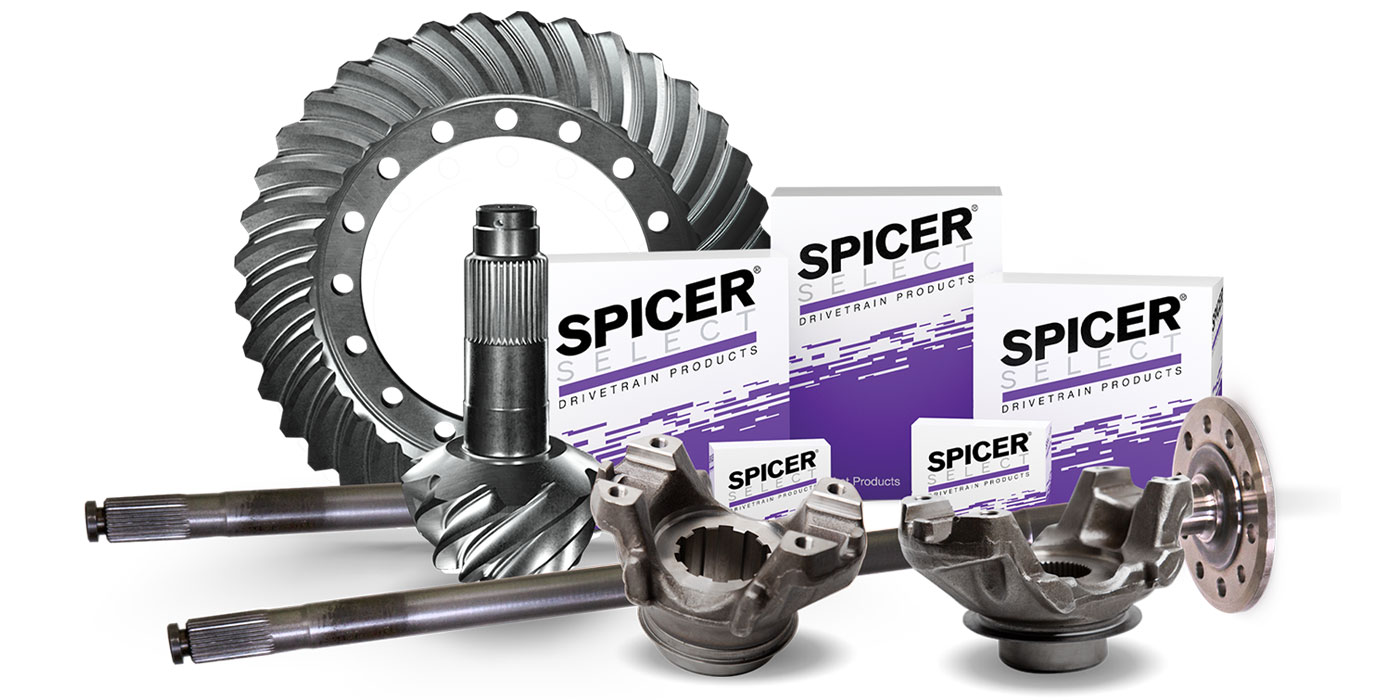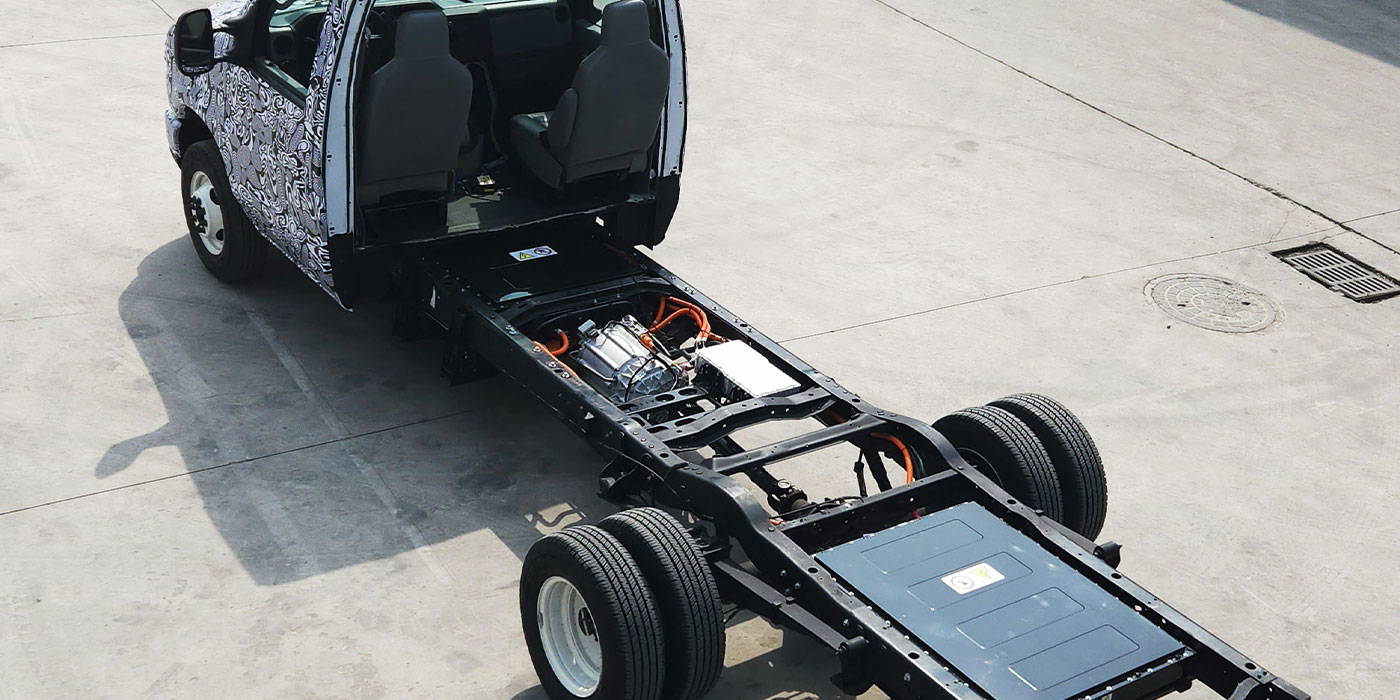No longer an option on commercial vehicles, cruise control systems have become a standard capability of electronic engines. These programmable systems boost fuel efficiency by ensuring that a carefully chosen road speed is maintained. It’s a well-known fact that for every mile per hour over 55, fuel economy is reduced by 0.1 MPG.
Cruise control also provides a safety benefit for fleets, drivers and the motoring public. Using cruise to slow down makes driving easier, and by smoothing the ride, especially over rolling terrain, driver fatigue is reduced.
Now available for heavy-duty vehicles is a relatively new adaptation of cruise control and one that provides even greater safety value. Known collectively as “adaptive cruise control,” these more advanced systems work in conjunction with conventional cruise control and forward-looking radar to detect speed and distance of vehicles ahead and automatically adjust your vehicle’s speed to maintain a safe following distance.
SmartCruise
An exclusive feature of Eaton Corp.’s VORAD collision warning systems, SmartCruise collects data from the collision warning system to assist drivers with maintaining safe following distances. To help prevent collisions, the system automatically adjusts vehicle speed, based on pre-determined parameters, by defueling the engine and engaging the engine retarder. When partnered with an Eaton automated transmission, SmartCruise automatically downshifts to maintain a safe following distance.
Eaton’s latest generation VORAD VS-400 with 77-GHz radar is a forward-looking object detection system that helps drivers identify objects up to 500 ft. ahead and provides in-cab audio and visual alerts. The collision warning system detects both slow-moving and stationary objects that may present a danger, regardless of weather conditions.
Active braking
Introduced earlier this year by Meritor WABCO Vehicle Control Systems, OnGuard uses forward-looking radar sensor technology to monitor the distance to vehicles ahead and detect a potential collision. The new system, which sends audible and visual warnings through an in-cab display to alert the driver to take appropriate corrective action and slows the vehicle through engine and retarder control, also incorporates Active Braking. This capability –– deceleration through the provision of up to one third of a full foundation brake application –– slows the vehicle to within safe limits so the driver can take control. By energizing brakes when an unsafe distance is detected, and prior to driver demand, Active Braking reduces the time to achieve proper braking pressure.
OnGuard’s forward-looking, mono-pulse radar sensor is capable of detecting multiple moving and fixed objects at distances up to 500 ft. away. OnGuard’s radar sensor technology uses an internal gyro to detect a curve approaching and adjusts the radar beam as necessary to see objects around the bend.
Adaptive cruise control
With fleet testing underway and a production launch set for late 2008, Bendix Commercial Vehicle Systems is planning to make available its Adaptive Cruise Control system. Bendix ACC enables a vehicle to maintain a set following interval based on time between the truck and the lead vehicle. By using throttle reduction, engine retarder and brake application to help decelerate the vehicle, the intended following distance is maintained. The system also provides audio and visual warnings as the truck closes in on the lead vehicle.
Human factor, technological solution
According to the U.S. National Highway Transportation Safety Administration, rear-end collisions account for over 20% of all heavy-duty truck crashes. In 60% of those accidents, the truck is the striking vehicle, and in 66% of the collisions where fault is assigned to the truck driver, inattention or poor decisions, such as driving too fast for conditions or following too closely, are cited as primary factors.
Drivers clearly remain the most important element in maintaining vehicle and highway safety. No matter how effective any system may be, it remains the responsibility of the driver to ensure that the physical limits of the vehicle are not exceeded and to follow safe driving procedures.
With all adaptive cruise control offerings, drivers are able to override the system simply by taking appropriate action. These technologies, however, can provide the additional split-second deceleration needed to maintain control of the vehicle in an emergency situation and, in conjunction with conventional cruise control, can greatly enhance safety and help save fuel as well.




